11 results in Membership of the Royal College of Obstetricians and Gynaecologists and Beyond

Haemorrhage and Thrombosis for the MRCOG and Beyond
-
- Published online:
- 05 October 2014
- Print publication:
- 01 June 2005
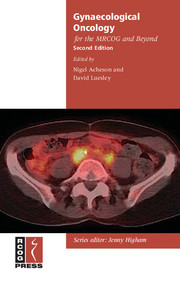
Gynaecological Oncology for the MRCOG and Beyond
-
- Published online:
- 05 August 2014
- Print publication:
- 01 January 2011
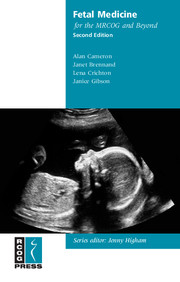
Fetal Medicine for the MRCOG and Beyond
-
- Published online:
- 05 August 2014
- Print publication:
- 01 January 2011

Reproductive Endocrinology for the MRCOG and Beyond
-
- Published online:
- 05 August 2014
- Print publication:
- 01 May 2007

Early Pregnancy Issues for the MRCOG and Beyond
-
- Published online:
- 05 July 2014
- Print publication:
- 01 November 2011

Psychological Disorders in Obstetrics and Gynaecology for the MRCOG and Beyond
-
- Published online:
- 05 July 2014
- Print publication:
- 01 April 2006

Paediatric and Adolescent Gynaecology for the MRCOG and Beyond
-
- Published online:
- 05 July 2014
- Print publication:
- 01 August 2008
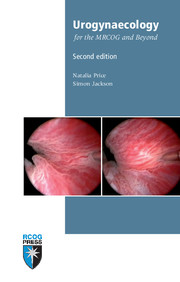
Urogynaecology for the MRCOG and Beyond
-
- Published online:
- 05 July 2014
- Print publication:
- 01 October 2012
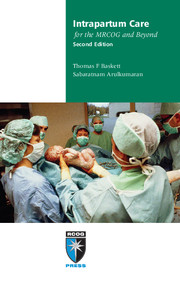
Intrapartum Care for the MRCOG and Beyond
-
- Published online:
- 05 July 2014
- Print publication:
- 01 October 2011
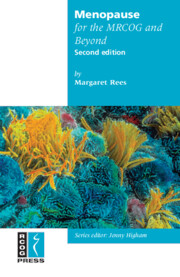
Menopause for the MRCOG and Beyond
-
- Published online:
- 05 July 2014
- Print publication:
- 01 May 2008

Gynaecological and Obstetric Pathology for the MRCOG and Beyond
-
- Published online:
- 05 July 2014
- Print publication:
- 01 September 2009

